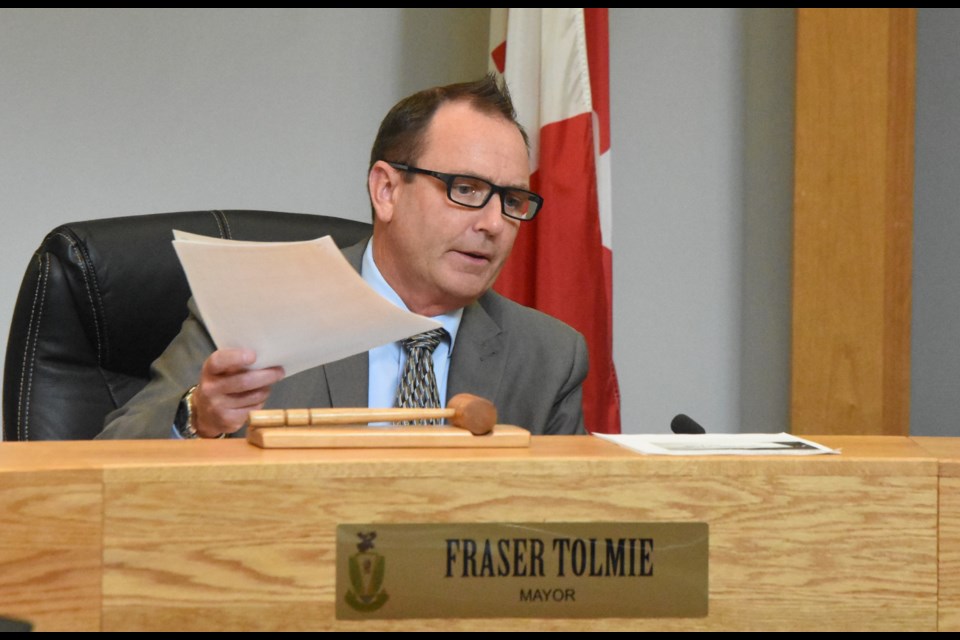Positive economic trends are contributing to an upbeat picture of how the City of Moose Jaw’s finances look, suggests a report from city hall.
City administration put together a supplemental report for city council’s Aug. 26 regular meeting that looked at debt, reserves and taxation, while the report also answered several questions that had been raised during the July 22 regular meeting about the 2018 financial statements.
Council voted 6-0 to accept the report. Coun. Chris Warren was absent.
Report findings
City administration compared Moose Jaw to Swift Current, Prince Albert, Saskatoon and Regina and looked at population levels, reserve amounts, per capita reserves, debt amounts, per capita debt, the net amount reserves exceeded debt or vice versa, and the per capita net amounts.
It found the per capita amount by dividing the numbers in reserves, debt and net/loss amounts by population.
The report indicated for Moose Jaw that:
- Its population is 33,890 and has reserves of more than $107 million, which means its per capita reserve amount is $3,166.95;
- It has debt levels of $63,692,269, or per capita amount of $1,879.38;
- The municipality’s reserve amount exceeds its debt by $43,635,698, which is a per capita amount of $1,287.57.
In comparison:
- Swift Current’s per capita reserves, per capita debt and per capita net/loss amounts are $1,233.31, $4,977.71 and -$3,744.40, respectively;
- Prince Albert’s per capita reserves, per capita debt and per capita net/loss amounts are $430.14, $792.53 and -$362.39, respectively;
- Saskatoon’s per capita reserves, per capita debt and per capita net/loss amounts are $1,016.77, $1,417.16, and -$400.39, respectively;
- Regina’s per capita reserves, per capita debt and per capita net/loss amounts are $1,012.59, $1,476.91 and -$465.32.
Taxation
The report also looked at commercial and residential taxation and compared Moose Jaw with 15 municipalities across the province. The report found that, based on an assessed property value of $100,000, Moose Jaw had the seventh-lowest commercial taxation, at $1,500 per year. Furthermore, Moose Jaw had the fourth-lowest residential taxation, at $800 per year.
Lastly, Moose Jaw’s tax percentage increase this year of 3.01 per cent was ninth lowest among those same municipalities.
Council discussion
An asterisk needs to be placed beside Swift Current and Saskatoon since they own their own power utilities, said Coun. Brian Swanson. When people rent a house or apartment there, they call the municipality to hook up their power instead of SaskPower.
It is important to learn what percentage of debt in those communities is due to owning power utilities, he remarked. He assumed ownership of those utilities significantly affected debt levels.
It’s important to focus on trends when looking at taxation levels, Swanson continued. The trend in recent years “tells a different story than the rosy picture” the data shows.
“I guess it’s an academic exercise … but I would caution (us) to take with a very large grain of salt any comparison of municipalities in terms of taxation,” he added. “There are so many variables between the cities.”
The provincial government took away $4.5 million from Moose Jaw two years ago as part of the grants-in-lieu funding program, said Mayor Fraser Tolmie. That changed the municipality’s taxation levels; however, he thought the community had done well since then.
To combat negative trends means focusing on attracting new jobs, he continued. That has happened through such projects as the proposed SaskPower plant, a new distillery, a new headquarters for a green energy company and the sale of property in the Southeast Industrial Park area.
“We have to change the narrative in this community in order to change that stats that are presented to us,” he added. “If you want to change the trend, you have to take an active part in engaging with other businesses and local businesses to help them thrive.”
The next regular council meeting is Sept. 9.




